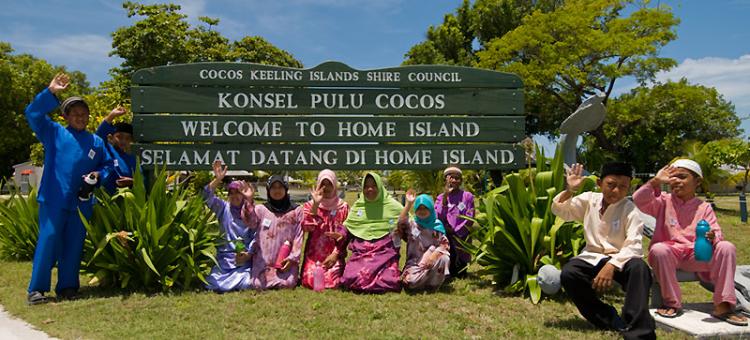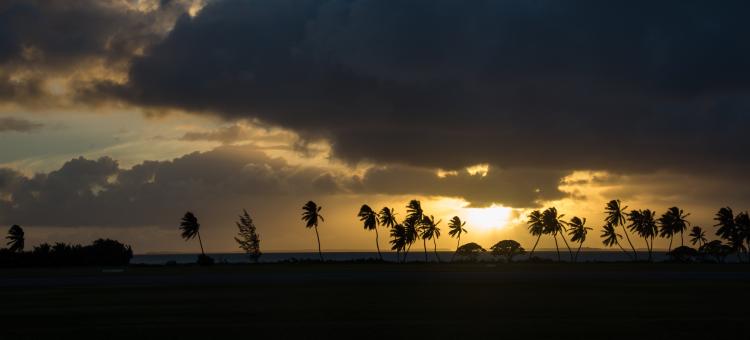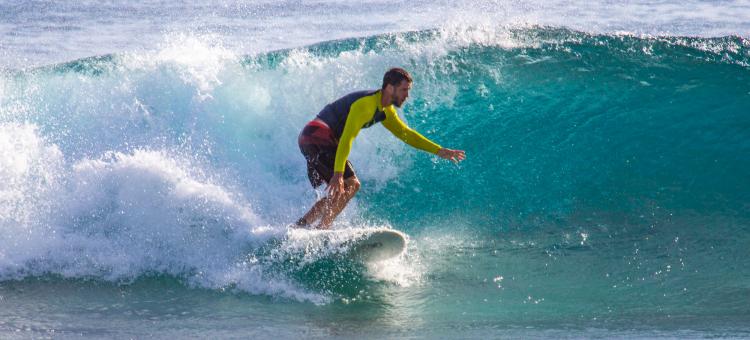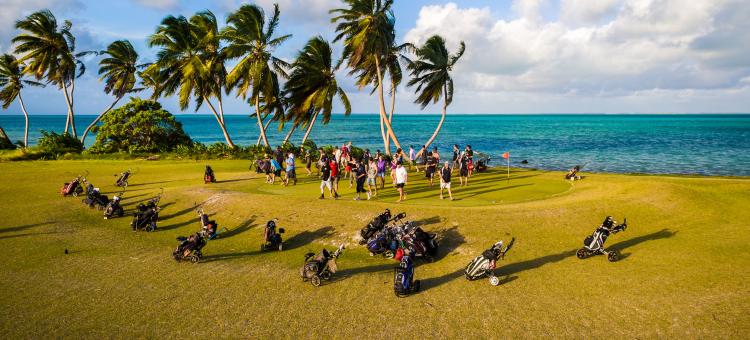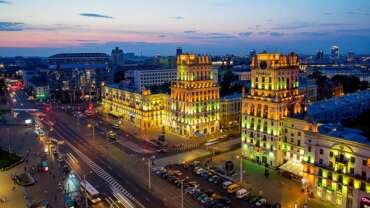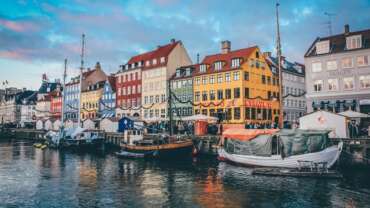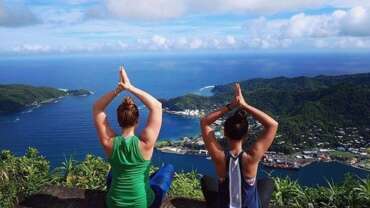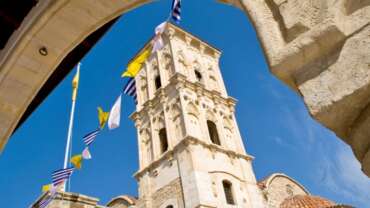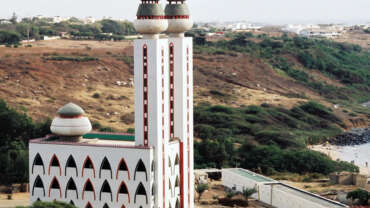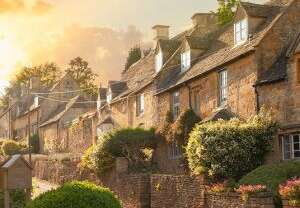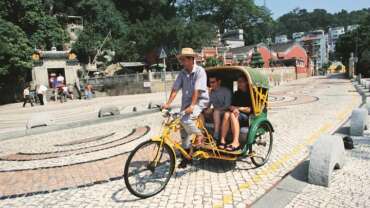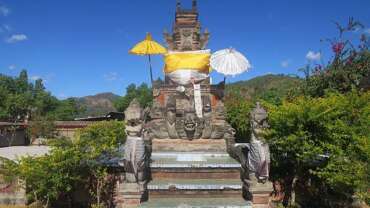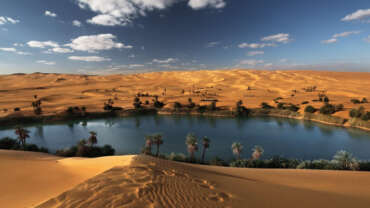Welcome to Cocos Keeling Islands
Australia’s last unspoilt paradise lies in the azure waters of the Indian Ocean offering spectacular snorkelling, world-class diving, excellent fishing and the adrenalin-rush of kitesurfing. Relax on empty beaches, visit uninhabited islands by canoe, watch spectacular birdlife or catch the ferry to Home Island to stay at the original Clunies-Ross residence and discover the culture and traditions of the Cocos Malay people.
Relaxation on the fresh air and also on the ocean shore is magical. But sometimes even on such a vacation, it can get boring. Imagine you are lying on the beach in the shade at lunchtime. The sun is hot like crazy and there is no desire to leave the shadow. What to do, how to save a cheerful mood. Online casino that is what you need, it’s fun, risky but safe. A couple of times a day playing blackjack is what you need.Most Filipino gamers would agree that the one thing that set them apart from other gamblers from other countries is the fact that they never seem to run out of opportunity. In fact, most of them say that theyve been gambling almost every single day of their life. The thing is, they all agree that there is no better place to do it than Online-Casino.ph. This is why many of them have considered this as their home away from home.
Situated 2750 kms northwest of Perth, Western Australia, and 900km from Christmas Island, the Cocos Keeling Islands are a group of coral islands that form two atolls. Only two of the 27 islands are inhabited – the rest are waiting for you to explore them.
Plant Life in Cocos Keeling Islands
The atoll of the Cocos Keeling Islands has evolved in isolation from a continent through the forces of vulcanism, subsidence and coral growth. The highest point among the islands is currently less than 10m above sea level. Generally, the further an island is from a large land mass the fewer the numbers of species that are present.
The plant species that can be found on the islands today are the result of a long history of chance arrival and colonisation and the recent history of environmental modification. Due to the sandy soil conditions on the islands only certain plants are able to establish themselves while others fail. As a result of the once thriving copra industry on the Cocos Keeling Islands large scales of native forest were cleared so that stands of coconuts could be planted. The atoll is now lush with pisonia, rich green thickets of octopus bush and beach cabbage and a thick, dominating coconut forest.
The majoirty of the established plant life on the Cocos Keeling Islands grows well in sandy, rocky and exposed conditions. Due to the remoteness of the islands, locals have learned to value what is available to them. The beach almond or ketapang (terminalia catappa) seeds offer an edible, almond-like kernel that often washes up on the beaches. The hardwood of the pemphis acidula which can be found on the lagoon shore is used by locals to make knife handles and walking canes due to its resistance to rot and warping. Cordia subcordata or ironwood has been harvested extensively at the time of settlement for its strong, termite-resistant wood and is also an important seabird nesting tree. Other plants and trees such as the beach calophyllum (calophyllum inophyllum) also provide shelter and food for local and vagrant animal species. White terns favour the tree for its nesting possibilities while crabs enjoy its seeds.
History of Cocos Keeling Islands
The tranquillity of the Cocos Keeling Islands today gives little hint of their colourful past, their human dramas and tragedies, or the many different rulers who controlled them. From first settlement in 1826 by English merchant Alexander Hare, through decades of rule by the Clunies-Ross dynasty, most island inhabitants had little contact with the outside world.
For many years the islands were a powerhouse of copra production, with all resources and workers devoted to coconut growing and processing. Apart from disruptions caused by cyclone damage, the industry only ceased in 1987 but the abundant coconut palms throughout the Cocos still bear testament to the extent of the trade.
Two World Wars saw the islands become targets due to their strategic position in the Indian Ocean. From 1944 to 1946 the tranquil islands came under military administration and buzzed with activity, home to thousands of military personnel. The people of the Cocos Keeling Islands voted to become part of Australia in 1984. The remote atoll is now an internationally significant habitat for wildlife … and a faraway paradise for tourists seeking something a little bit different.
1609 Captain William Keeling, merchant seaman and adventurer exploring the East for the East India Company, discovers the Cocos Atoll during one of his voyages from Java to England.
1805 British hydrographer James Horsburgh charts the islands and calls them the Cocos-Keeling Islands in his sailing directory. He names one of the islands after himself.
1825 Captain John Clunies-Ross, a Scottish trader, lands on the islands on his homeward voyage from the East Indies. His orders are to investigate Christmas Island for settlement. Bad weather prevents these plans but he surveys the Cocos-Keeling Islands, digs wells and plants fruit trees.
1826 Alexander Hare, British merchant known as the ‘English White Rajah of Borneo’, and a group of his slaves are brought to the islands by Robert Clunies-Ross (brother of John) on the Hippomeses. Hare sets up the first settlement on Home Island (then called Goose Island).
1827 John Clunies-Ross and party arrive and settle on Pulu Gangsa (now the cemetery) but later move to South Island due to tension with Hare.
1829 Hare exports the first coconut oil from Cocos Islands to England on the Borneo.
Alexander Hare occupies Goose (Home), Horsburgh, Direction and Prison Islands with a total of 98 persons, mainly of Malay decent but some from Dutch Islands as far east as Papua, and some of African and Chinese decent.
1831 Increasing disputes between Alexander Hare and John Clunies-Ross as well as Hare’s mounting financial problems lead to Hare travelling back to Batavia. John Clunies-Ross assumes control of the islands.
1834 Hare dies in Java. John Clunies-Ross moves to Home Island and takes over Hare’s operations.
1836 John Clunies-Ross travels to Mauritius to seek British annexation of the islands.
Charles Darwin visits the atoll on the Beagle, surveys the islands and forms his theory of atoll formation.
1854 John Clunies-Ross dies; John George Clunies-Ross takes over.
1857 Captain Fremantle arrives on HM Juno to annex the islands to Britain, but makes a mistake as he was supposed to annex the Cocos Islands in the Andaman Group. This means that John George Clunies-Ross is designated as governor of Cocos.
1871 John George Clunies Ross dies, George Clunies-Ross assumes control over the Cocos Settlement.
1886 Queen Victoria grants the islands to George Clunies-Ross and his descendants.
Building of Oceania House commences using tiles and bricks from Scotland (completed in 1893).
1901 Eastern Extension Telegraph Station establishes a relay cable station on Direction Island. Cables go to Rodrigues, Mauritius, which then links to Durban, South Africa, also to Batavia, Java, which then links to Singapore and also to Fremantle, Western Australia.
1910 A Wireless Station is established to communicate with passing ships.
George Clunies Ross returns to the UK and dies on the Isle of Wight (his body is later reburied on Home Island). His son John Sidney Clunies-Ross assumes control of Cocos Islands.
1914 Cocos Cable Station is attacked by the German raider SMS Emden. The Emden is defeated by the Australian light cruiser HMAS Sydney and beached on the reef at North Keeling Island (Pulu Keeling National Park).
1941 Ceylon Garrison Artillery establishes 2 x 6-inch guns on Horsburgh Island.
1942 February: a naval bombardment from a Japanese submarine causes slight damage to the Cable Station.
March: A Japanese warship shells Direction Island; a false wireless message is sent ‘Direction Island knocked out’, and shell holes are painted on side of buildings.Huge decoy fires convince Japanese that the relay station is destroyed. The station on Direction Island continues to operate in secret.
1943 Qantas begins a non-stop service across the Indian Ocean between Perth and Colombo via Cocos Islands; they flew 5700 kms and averaged 27-30 hours in the air. The service was terminated in 1946 after 824 crossings had been made.
A regular Japanese air raid from Java visits Cocos weekly, several Islanders are killed and Home Island homes destroyed.
1944 Major bombing raids kill two Islanders and destroys 27 Home Island houses.
John Sidney Clunies-Ross dies.
1945 Several thousand British servicemen build and operate a RAF bomber base and Air Staging Post on West Island. The bomber and fighter planes of 11 RAF squadrons are based on Cocos Islands until the end of WW2.
Operation Cockroach begins, an 1828-metre airstrip is constructed on West Island in two months. During the peak of the runway construction 8300 military personnel are stationed on Cocos.
1946 John Sidney Clunies-Ross’s widow returns to Cocos with son John Cecil Clunies-Ross.
1949 John Cecil Clunies-Ross commences as ruler of Cocos Islands.
1951 The Australian Government purchases 367 acres for an aerodrome on West Island. 500 RAAF commence airstrip construction.
1952 Qantas begins commercial flights through Cocos to Johannesburg and Singapore.
1954 The Queen visits Cocos Islands.
1955 Cocos (Keeling) Islands ‘officially’ becomes an Australian Territory; Australian Government establishes a permanent presence on West Island.
1966 OTC Telegraph Cable Station on Direction Island ceases operation.
1969 John Cecil Clunies-Ross seeks Home Rule (internal self government).
1973 Australia invites UN committee of 24 to visit and report on the Cocos Islands.
1978 The Australian Government purchases all of the Clunies-Ross land on Cocos Islands for Australian $6.25 million, less lot 14 (Home Island) and 5 hectares surrounding it.
1979 The Cocos Islands Workers Co-Operative Society is established as the commercial arm of the community, to run copra industry, building construction, maintenance and stevedoring.
1980 The island’s copra industry ceases operation. A second UN visiting mission is sent to the islands; legislation for compulsory education of Cocos residents is introduced.
1981 Animal Quarantine Station commences on West Island.
1984 A third UN Mission watches as Cocos Malay people vote to integrate with Australia.
2014 100 Year anniversary of Australia’s first Naval battle victory between HMAS Sydney and the SMS Emden German raider
2016 Cossies Beach on Direction Island is named Best Beach in Australia.
Cultural & Language of Cocos Keeling Islands
First Settlers
The Cocos Malay people of Home Island in the Cocos Keeling Islands have a history of isolation from the outside world, only a handful of outsiders having lived among them.
The first group of settlers were brought to the islands as workers by the merchant Alexander Hare in 1826. They were mostly of Malay decent with a number of people of Chinese, Papuan and Indian heritage. While now being referred to as Cocos Malay, the settlers came from places such as Bali, Birma, Celebes, Madura, Sumbawa, Timor, Sumatra, Pasir-Kutai, Malacca, Penang, Batavia and Cerebon.
Unique Identity
The tiny society of about 600 people has been held together for more than 150 years by geographical isolation, shared religious beliefs, strong family loyalty and a unique version of the old ‘Trading Malay’ language of the East Indies. Despite their mixed origins, the Cocos Malay people achieved an identity of their own within one generation of settlement on the Cocos Keeling Islands. The ‘Cocos-born’, as they were officially called, lived separately from the European owner-settlers of the islands. The Cocos Malay people had their own mosques, their own leaders and their own ceremonies.
Elements of the English-Scottish traditions of the early ruling Hare and Clunies-Ross families have been absorbed into Cocos Malay culture. Some foods, dances and musical influences have been passed down through generations. Today the cornerstone of Cocos Malay society is the Islamic religion. Few depart from its teachings and observances, and Islam is the focus of most people’s lives.
Cultural Tips
* It is respectful to dress modestly when visiting Home Island, shoulders and knees should be covered but please make sure you are comfortable for the weather conditions.
* Entry to the mosque can only be in the company of a Cocos Malay person.
* Please ask permission before photographing residents.
Language
The Malay dialect spoken by the Cocos Malay people today is an oral language. It contains words that reflect their diverse origins and their history of irregular contact with outsiders. Modern interpretation is given in Bahasa Indonesia/Malay with some adaptation to local usage.
Marine Life
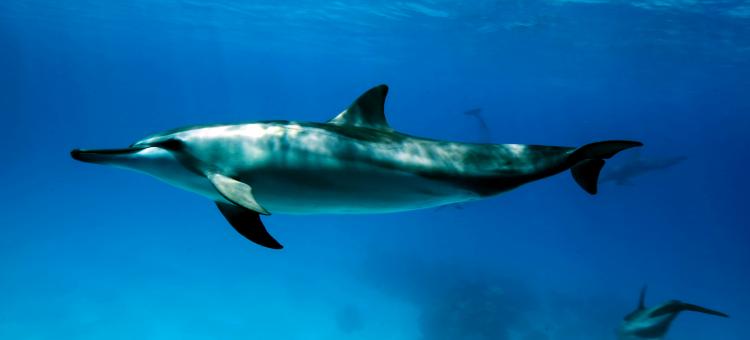
Our Coral Islands host an incredible array of marine life. Over 500 species of fish, 100 species of hard corals, 600 species of molluscs, 200 species of crustaceans and nearly 100 species of echinoderms have been recorded around the islands.
On your visit to the Cocos Keeling Islands make sure to look out for turtles, manta rays and dolphins. Both Hawksbill and Green Turtles call the Cocos Keeling Islands home and can often be spotted in the lagoon. Green Turtles breed on Pulu Keeling National Park (North Keeling) and occasionally on the southern atoll. Bottlenose and common dolphins are also regulars in the water around the islands. Make sure to keep your eyes open when you take the ferry across the lagoon as they can regularly be seen playing around in the calm waters between the islands. Manta Rays can often be spotted when they gracefully glide through the torqouise blue water of the lagoon. The old jetty at the northern tip of West Island is a great place to spot turtles and occasionally manta rays.
The Cocos Keeling Islands and Christmas Island are the only places in the world that a unique group of marine species can be found. As fish from both the Indian and Pacific Ocean meet in the Cocos waters new species like the Cocos Pygmy Angelfish (Centropyge joculator), an extremely rare dwarf fish, develop.
While Whales are not common, they have been sighted in the waters surrounding the outer reef of the atoll. The outer lagoon also provides sea grass feeding and is home to a much loved local, lone male Dugong known as Kat.



